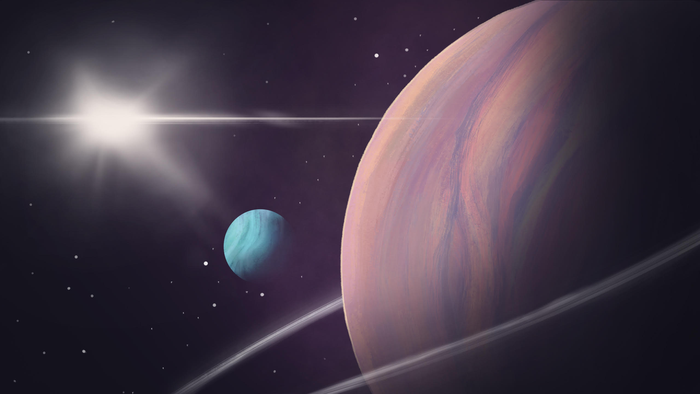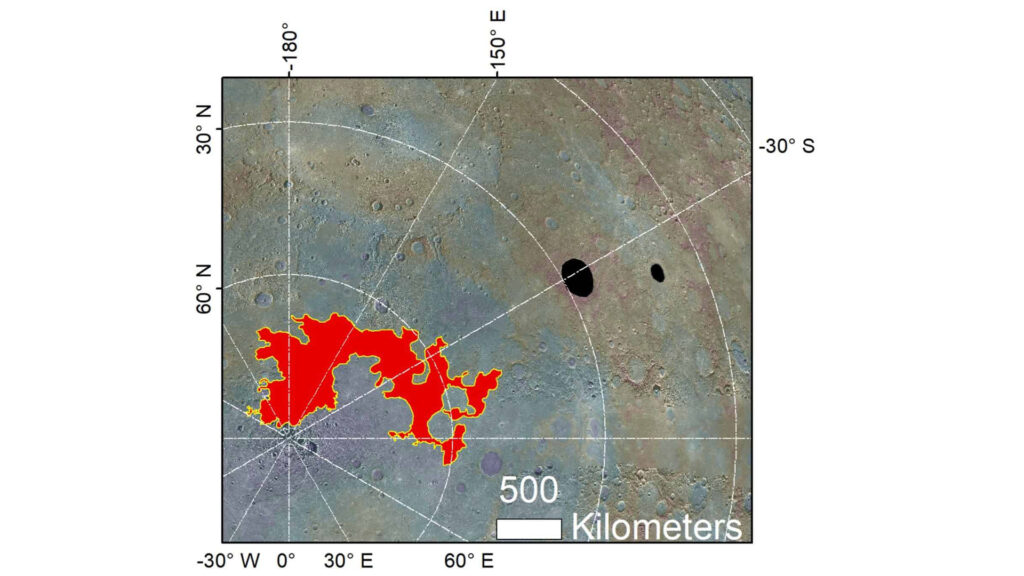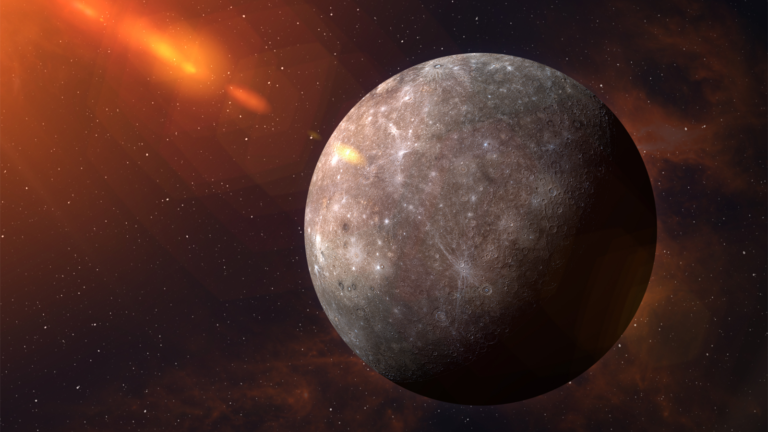Beneath its surface, salty glaciers indicate the possibility of a ‘potentially habitable’ zone on Mercury.
New research proposes that the salty glaciers found in craters near Mercury’s north pole might harbor suitable conditions for extremophiles, or extreme forms of life.

Planetary scientists have identified salty glaciers near Mercury’s north pole, sparking the potential for the closest planet to the sun to host life. Utilizing past observations from NASA’s retired MESSENGER probe, the recent findings, published in The Planetary Science Journal in November, suggest a glaciation phenomenon similar to that observed on Pluto. Lead study author Alexis Rodriguez, a planetary scientist at the Planetary Science Institute (PSI), noted that these glaciers in Mercury’s Raditladi and Eminescu craters differ from typical Earth icebergs, being flows of salt that encased volatile compounds beneath the surface.
Despite Mercury’s proximity to the sun, the salt flows may have preserved volatiles for “over one billion years,” as indicated by study co-author Bryan Travis, also a planetary scientist at PSI.

While Mercury’s salty deposits differ from typical Earth icebergs or Arctic glaciers, similar salty environments on Earth provide geologists with insights into these conditions and their potential to support life.
On Earth, specific salt compounds create habitable niches, even in harsh environments like the arid Atacama Desert in Chile, according to Rodriguez. This perspective prompts consideration of the possibility of subsurface areas on Mercury being more hospitable than its challenging surface.
With crucial volatiles, essential for life, trapped underground, Mercury might sustain subterranean life shielded from the intense solar radiation. The researchers propose the existence of a “potentially habitable” region below Mercury’s surface, akin to planetary systems’ “Goldilocks zones” where liquid water can persist. If Mercury proves capable of hosting life, it could make exoplanets resembling Mercury more enticing in the search for extraterrestrial life.
The discovery of these glaciers offers an explanation for a longstanding mystery about Mercury—craters with missing chunks. The researchers suggest that these pits, seen in some craters, were once filled with volatiles that were exposed by impacts and subsequently evaporated.
However, the origin of the volatile layers remains a significant question. Observations suggest that these volatiles were deposited atop an already formed landscape. Rodriguez proposes that they might result from “the collapse of a fleeting, hot primordial atmosphere early in Mercury’s history.” Alternatively, Kargel suggests the possibility of lakes on Mercury, where a “dense, highly salty steam” leaked from the volcanic interior and evaporated, leaving salt behind.
Further studies are essential to uncover the mysteries lurking beneath Mercury’s surface.
Do not forget to share your opinion with us to provide you with the best posts !




0 Comments